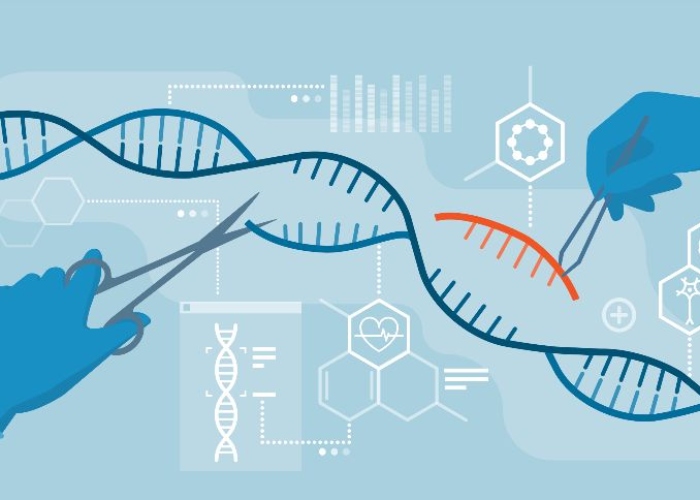In the realm of scientific discoveries, few have been as transformative and headline-grabbing as CRISPR, a revolutionary gene-editing technology. Short for “Clustered Regularly Interspaced Short Palindromic Repeats,” CRISPR is changing the game in genetics, allowing for precise modifications in DNA sequences. Discovered by Jennifer Doudna and Emmanuelle Charpentier, who won the 2020 Nobel Prize in Chemistry for their work, CRISPR promises applications that range from curing genetic diseases to potentially solving world hunger. Here’s a look at why CRISPR is making waves in the scientific community.
The Precision of Cut and Paste
The real magic of CRISPR lies in its accuracy. Earlier gene-editing methods were often likened to using a sledgehammer to crack a nut—effective but lacking in precision. CRISPR, on the other hand, operates like microscopic scissors, cutting the DNA at specific locations. This enables scientists to add, remove, or replace genetic material with unprecedented accuracy. CRISPR technology is so precise that it’s been used in experiments to correct the genetic mutations responsible for conditions like cystic fibrosis and muscular dystrophy in animal models, paving the way for potential cures in humans.

The Ethical Considerations: Playing God or Being a Savior?
As with any groundbreaking technology, CRISPR brings with it a host of ethical questions. On one hand, it offers the tantalizing possibility of eradicating debilitating diseases and creating more resilient crops. On the other hand, it raises concerns about “designer babies,” where parents could theoretically choose specific traits for their offspring, from eye color to intelligence. The debate around the ethical implications of CRISPR is ongoing, but what is clear is that guidelines are needed to govern its use to prevent unintended consequences or malicious applications.